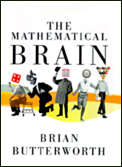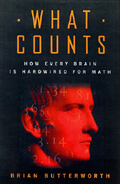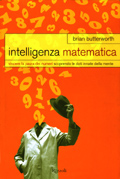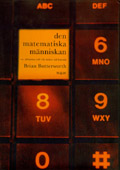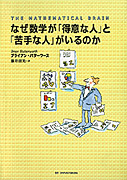 Women "better than men at instant maths"by David Derbyshire and Roger HighfieldThe Daily Telegraph: 11th September, 2003.
Women "better than men at instant maths"by David Derbyshire and Roger HighfieldThe Daily Telegraph: 11th September, 2003.Women are quicker than men at carrying out a primitive, "instant judgment" type of maths, according to the world's largest mathematics experiment.
In the past few years scientists have found that bees, rats, lions, birds and other creatures can keep track of numbers and work out basic arithmetic.
Now this fundamental skill has been compared among men and women by @Bristol, the South-West's leading science centre, offering an insight into why girls tend to do better than boys at arithmetic at primary school, and why boys are more at risk of dyscalculia, a basic problem with mathematics akin to dyslexia.
The experiment on 20,000 people was developed by Prof Brian Butterworth and his team at University College London, in collaboration with Dr Penny Fidler, @Bristol's neuroscientist.
The new results reveal that the brain has two distinct mechanisms for doing maths, solving a question that has puzzled scientists since 1949, said Prof Butterworth.
The first mechanism is the type of instant judgment made when viewing three coins on a table. The viewer instantly knows that there are three without counting, an ability most of us were born with. The second type is the maths people are taught, including counting, addition, subtraction and multiplication.
Animals also seem to have the first, inate type of mathematical ability. Prof Butterworth told the meeting that most animals make the following judgment: "Three bears go into a cave. Two come out. Should I go in?" There are other key uses - for example when tracking friends, looking after eggs and foraging.
Thanks to the very large number of people taking part in the experiment, Prof Butterworth was able to look at overall trends, revealing that women are quicker than men at instant maths.
The experiment, which involved displays of dots, suggested that there are really two processes - what is called "subitizing", for instant recognition, and counting - solving an issue that has raged among scientists for half a century.
"For one to three dots, but not for four to 10 dots, female subjects were slightly, but significantly faster than male subjects," said Prof Butterworth. "They are the same as males on the counting range.
"Because our results suggest that there are sex-linked differences in subitizing abilities (females are slightly better), the human genome may code for building a specific neural mechanism for subitizing."
See Also
